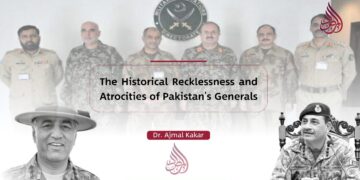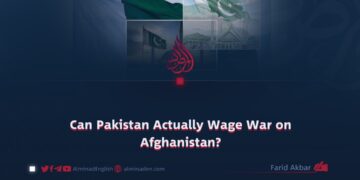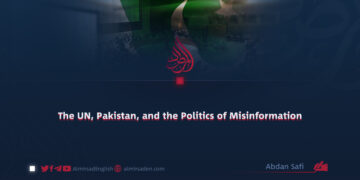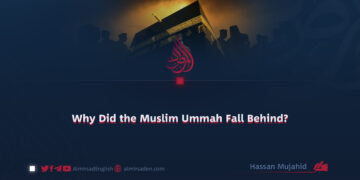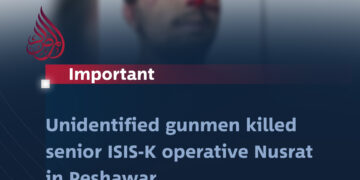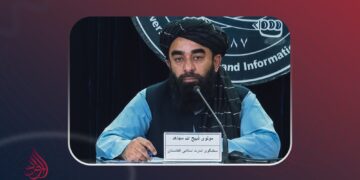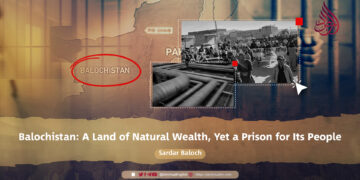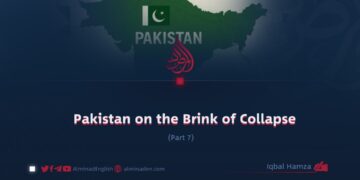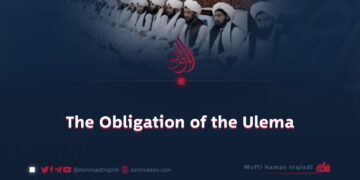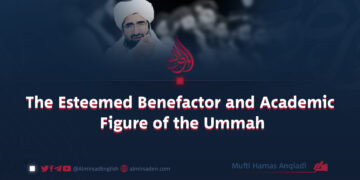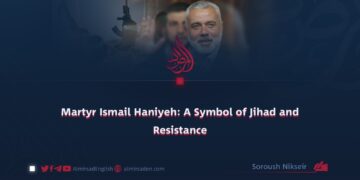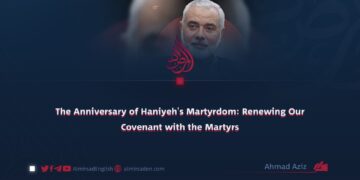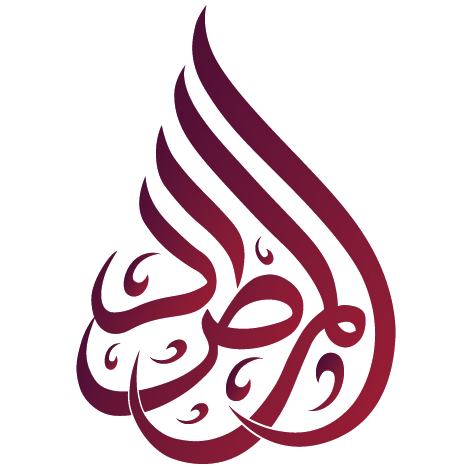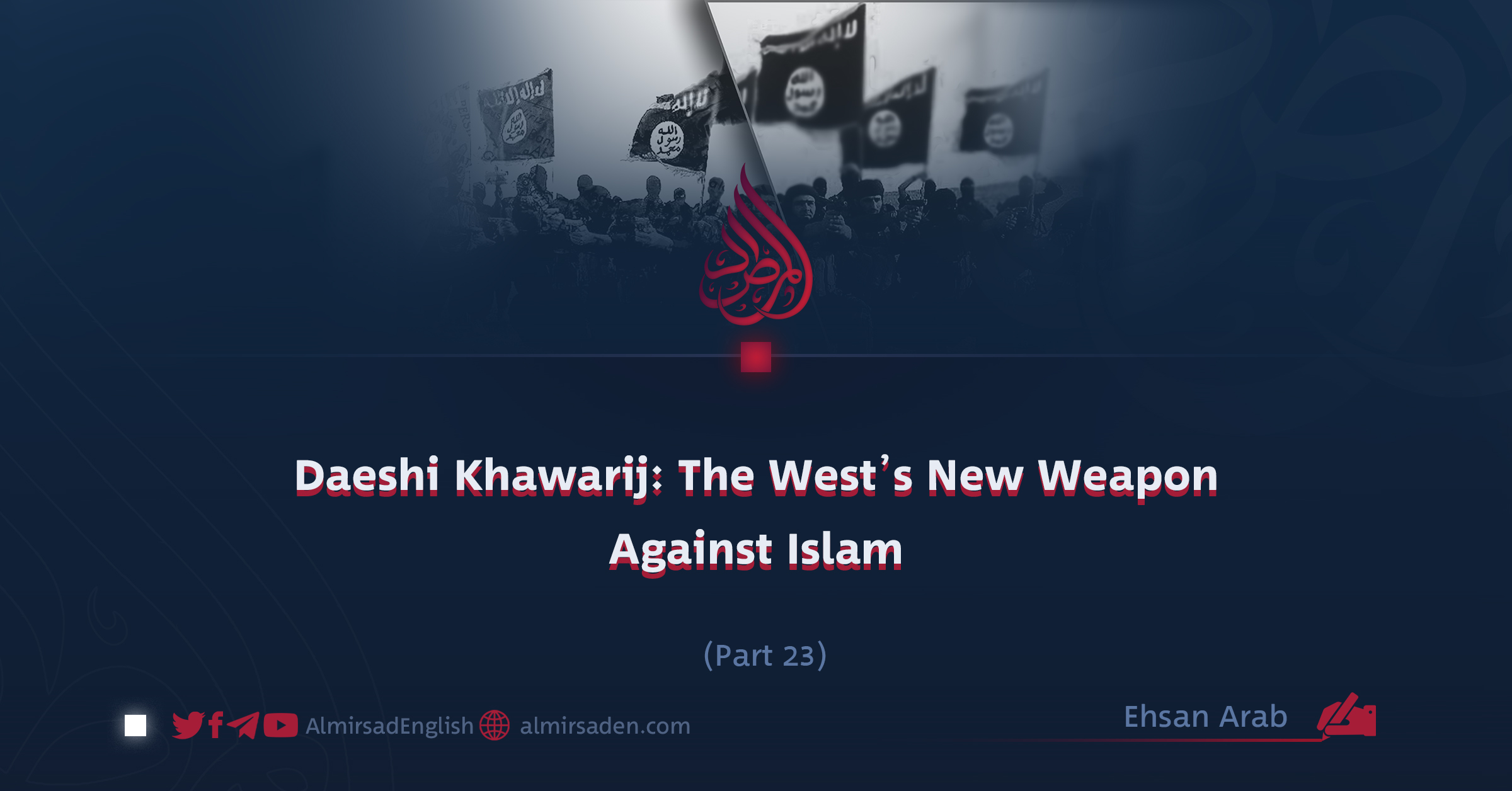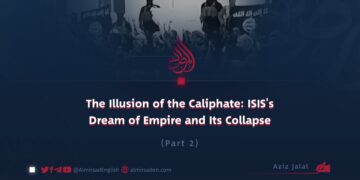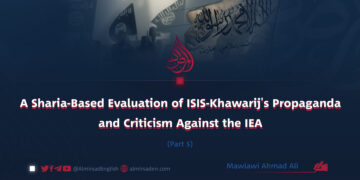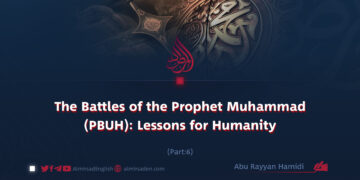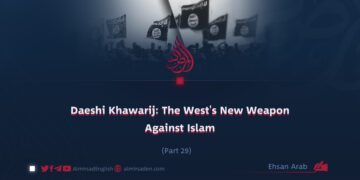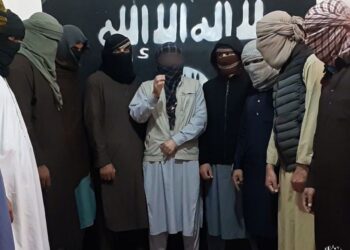Part 23
Ehsan Arab
Paving the Way for Regional and Global Anti-Islamic Coalitions
From its very inception, the group known as the Daeshi Khawarij proved to be far more than a conventional armed faction. Through its deeply un-Islamic actions and calculated propaganda, it evolved into a convenient instrument in the hands of global powers, facilitating the formation of united fronts against Islam and Muslims at both regional and international levels.
The group’s brutal operations in Iraq and Syria, followed by orchestrated attacks in European countries, generated a climate of global fear and outrage. Western powers and their regional allies swiftly capitalized on this atmosphere, extracting immense political and military benefits from what was, in reality, a manufactured and exaggerated threat.
Western nations that had previously faced widespread public opposition to direct military interventions in the Middle East seized the opportunity. Under the guise of “fighting the Daeshi Khawarij,” they formed multiple multinational coalitions and re-established military presence across various Islamic countries.
Meanwhile, regional governments grappling with internal challenges, particularly from Islamic and revolutionary movements, exploited this global narrative to suppress rival Islamic factions and domestic opposition. By positioning themselves as partners in the international fight against Daesh, they secured political legitimacy and military backing from foreign powers.
Undoubtedly, the emergence of Daeshi Khawarij not only enabled the re-entry and entrenchment of foreign forces within the Muslim world but also provided Western states and certain regional regimes with a pretext to unite against any form of independent Islamic activism.
A closer examination of the political and military maneuvers undertaken by the so-called “anti-Daesh” coalitions reveals that their true objective was never the complete elimination of Daesh itself. Rather, these coalitions focused on managing and manipulating the crisis to safeguard Western interests, consolidate their presence in the region, and undermine Islamic resistance movements opposing foreign domination.
In reality, major powers utilized the Daeshi Khawarij project as a demonstration of their ability to manufacture threats. By creating or directing extremist groups, they established the necessary pretext to advance strategic objectives, whether under the banner of counterterrorism, security cooperation, or regional stability.
Even after Daesh’s military defeat on the battlefield, its ideological residue and clandestine networks continue to operate across the Islamic world. From time to time, the group’s name resurfaces as a “ready-made threat” used to justify renewed joint operations, expanded surveillance programs, or enhanced security pacts, all under the pretense of combating extremism.
Conclusion
The experience of the Daeshi Khawarij offers a profound lesson for the Islamic Ummah. Only through vigilance, unity, and deep political awareness can Muslims counter the sophisticated conspiracies of their adversaries. As long as disunity persists and the enemy’s covert agendas remain misunderstood, external powers will continue to exploit manufactured threats such as the Daeshi Khawarij to forge anti-Islamic alliances and inflict harm upon Islam under various deceptive banners.

